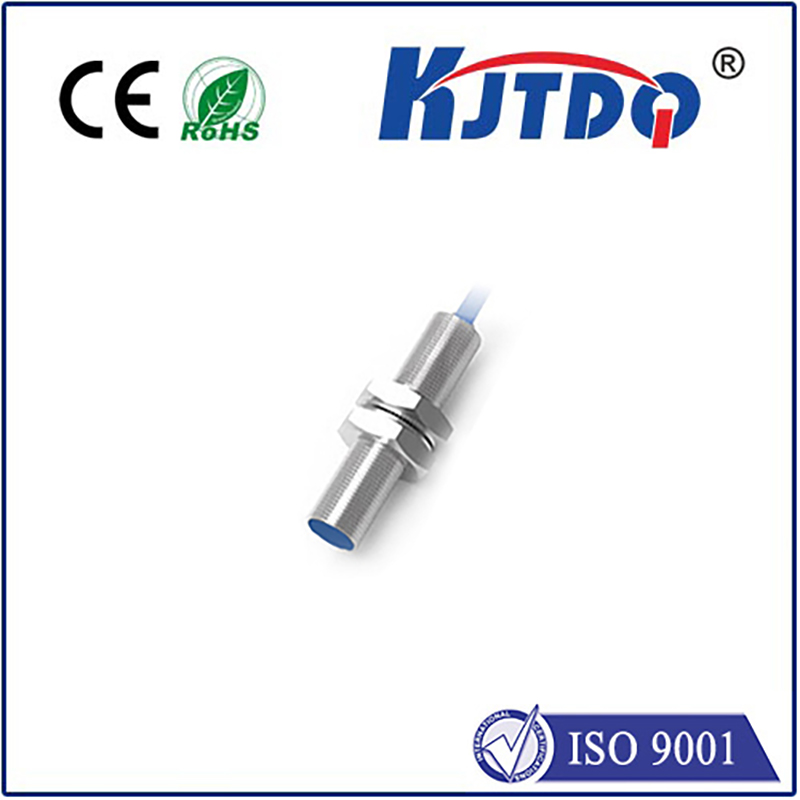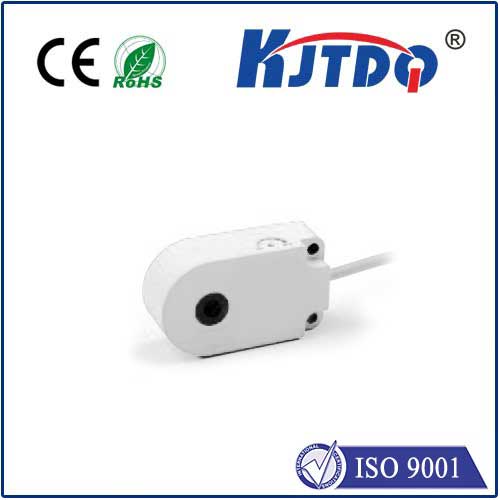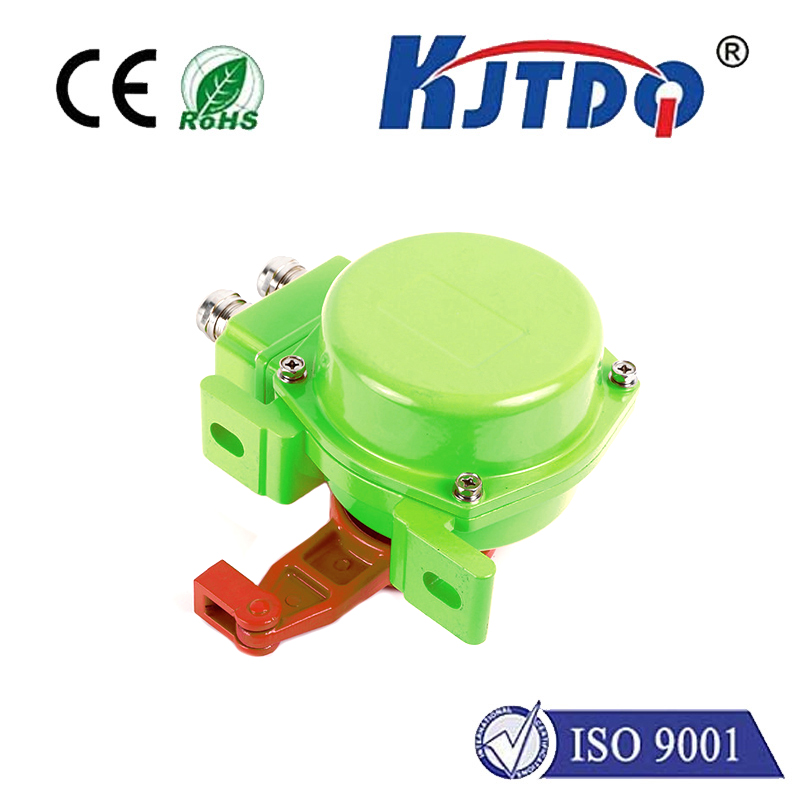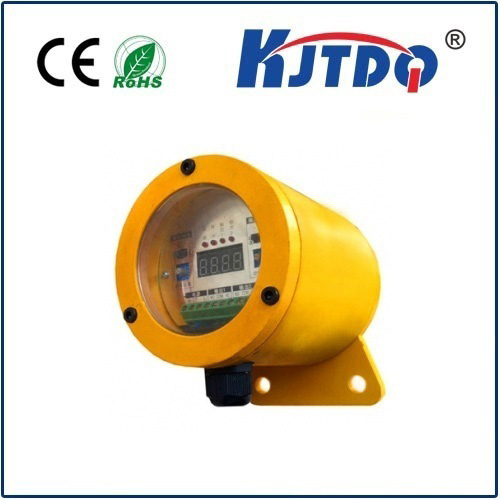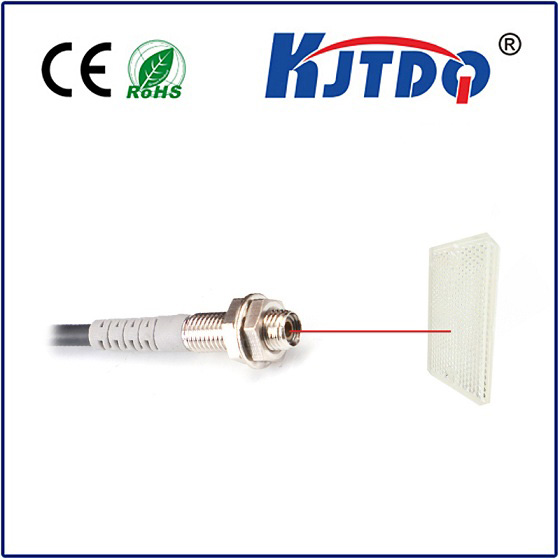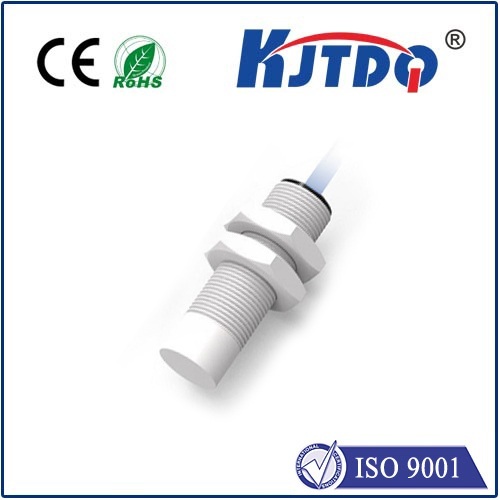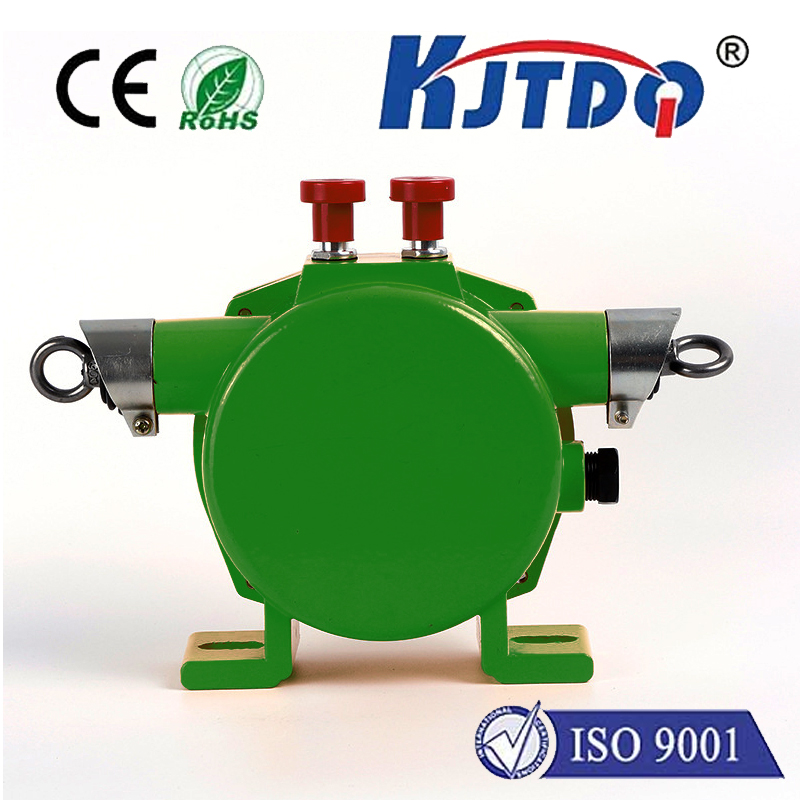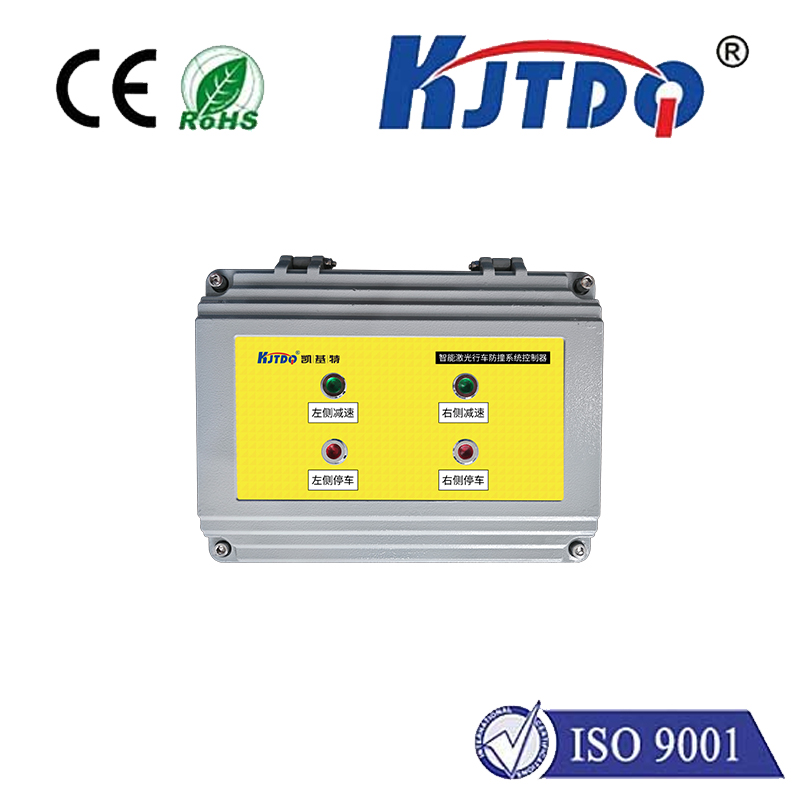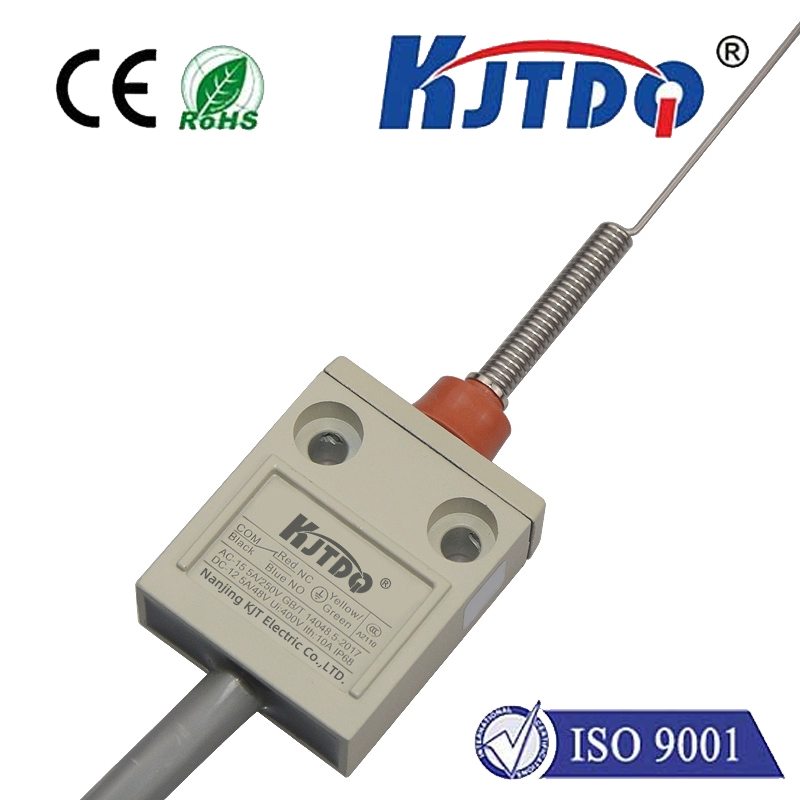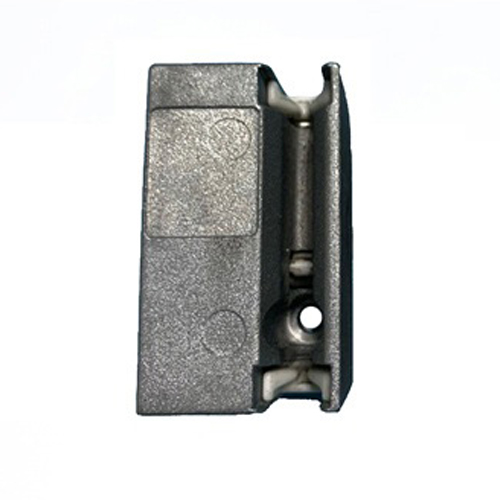

check

check

check

check

check

check

check

check

check

check
Title: Exploring the Versatility and Significance of Photo Beam Sensors
Photo beam sensors, also known as beam break sensors or infrared sensors, have become an integral component in a variety of industries due to their versatility and precision. These devices operate on the principle of creating an invisible light beam between two units - a transmitter and a receiver. When an object interrupts this beam, the receiver detects the breakage and activates a response, which can vary from triggering an alarm to signaling a machine to stop its operation.
One of the primary uses of photo beam sensors is in the field of industrial automation. In manufacturing plants, these sensors play a crucial role in ensuring worker safety by detecting potential hazards such as machinery movement or presence in restricted areas. By integrating photo beam sensors into the production process, companies can automate certain tasks, reduce human error, and enhance overall efficiency.

Another significant application of photo beam sensors lies within the security sector. They are frequently used for intrusion detection in both commercial and residential settings. The moment someone crosses the path of the beam, it triggers an alarm system, alerting the appropriate authorities or the property owner of unauthorized access. This technology serves as a first line of defense against theft, vandalism, or unlawful entry.
In the retail industry, photo beam sensors aid in the management of store inventory. By installing these sensors at entrances and exits, businesses can monitor the flow of goods coming in and out of storage areas. This helps in tracking inventory levels efficiently and prevents shrinkage caused by internal theft or improper handling.
Furthermore, photo beam sensors find use in traffic management systems, where they help regulate flow and prevent collisions at busy intersections or driveways. They can signal when vehicles enter or leave designated areas, helping to maintain order and safety on roads and parking lots.
The healthcare industry has also started to incorporate photo beam sensors into patient monitoring systems. For instance, they can be used to alert staff if a patient attempts to leave their bed during recovery from surgery, thereby reducing the risk of complications or falls.
In sports, photo beam sensors are essential for determining precise timings during athletic events such as running races. They provide accurate data about an athlete's speed and can be used to determine race outcomes in close finishes.
Lastly, photo beam sensors are increasingly being used in smart homes for applications ranging from automatic door openers to lighting control systems that adjust based on room occupancy.
In conclusion, photo beam sensors serve as silent guardians in various environments, from factories to homes. Their ability to detect movement and initiate responses makes them indispensable in enhancing security, streamlining operations, and improving quality of life. As technology continues to advance, so too will the ways in which we utilize photo beam sensors, further integrating them into our everyday lives and industries.
